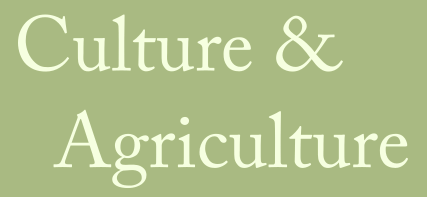POWER PLANTATIONS
Our weekly gleanings present the latest happenings, research and writing along the tangled banks of culture and agriculture. This week: structure and agency, the failure of food waste, and a fish hub.
“What makes a “plantation” different from the industrial strawberry fields of California’s Central Valley?”, asks Sarah Besky in a conversation published last week at Chapati Mystery. She notes widespread hesitancy in using the word to describe the agriculture systems that currently produce much of the world’s tea, fruit and coffee – as if plantations belonged to a bygone “era”. Donna Haraway and others have coined the Plantationocene to refer to our times, writing that “the slave plantation system was the model and motor for the carbon-greedy machine-based factory system that is often cited as an inflection point for the Anthropocene” – if there is such a thing as a plantation era, it is happening right now.
Talking about plantations is important because it directs focus on a particularly unjust structural arrangement of agricultural practices. As the change in administration carries with it a sometimes blinding fixation on the agency of one man, it becomes doubly important to maintain an incisive analytic towards structures of oppression like plantations.
Regarding that change in administration, an article in Nature describes responses to one of the last acts of the FDA before the inauguration – a draft rule requiring that genetically altered animals be subject to the same regulation process as new pharmaceuticals (e.g. dairy cows modified to develop without horns). Modern Farmer has done an overview of January ag policy happenings in case you missed something.
Raj Patel and Nick Saul wrote into The Globe and Mail to argue that tackling hunger also requires a more structural approach than redirecting food waste. “It’s awkward to look at how our current disposable-food culture creates waste. Much easier, then, to turn the poor into garbage-disposal units.” Their proposal is to focus on livable wages, affordable housing and social support, and point to the success of community food hubs in Canada.
Lastly, an inspiring story from Civil Eats about the development of a fish hub in Monterey, California, modeled after those Canadian food hubs. Are food and fish hubs the anti-plantation – a more just and inclusive structural arrangement of farmers and eaters? What might an era of food hubs look like? Like the plantation structure, it appears to be replicable and adaptable to new contexts as shown by Monterey’s fish hub. Food hub structures also contain implicit assumptions about the worth and positioning of different human and nonhuman subjects within agroecosystems.
The inexplicably long wait for a new Secretary of Ag, the unpredictability of Sonny Perdue, and the unknowns concerning the president’s anti-globalization agenda are only the beginning of a strange era for agriculture in the United States. Who is the master of the plantation?
